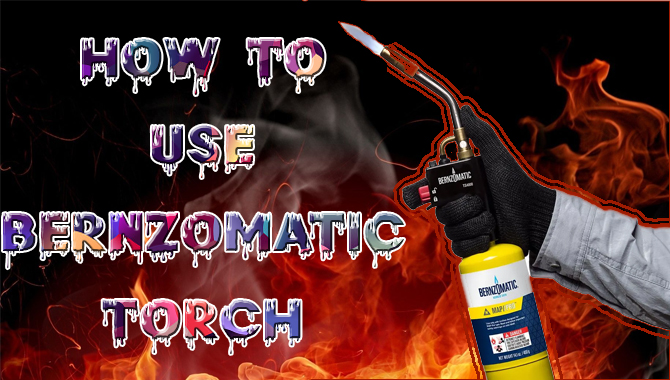Soldering is a process that involves the use of a metal alloy, called solder, to join two pieces of metal. Typically, people use soldering flux to help the solder flow smoothly and create a strong bond.
So it is essential to know how to Solder without Soldering flux. However, there are times when soldering flux may not be readily available or may not be desirable to use. In such cases, a few alternatives exist for soldering without soldering flux.
One method involves using a soldering iron with a clean tip and applying a small amount of solder to the tip to create a thin layer of flux. Another method is to use a rosin-core solder, which already contains flux within the solder wire.
In this case, cleaning the surfaces to be soldered beforehand is important to ensure a good bond. Additionally, a higher temperature on the soldering iron can help the solder flow more easily without needing flux.
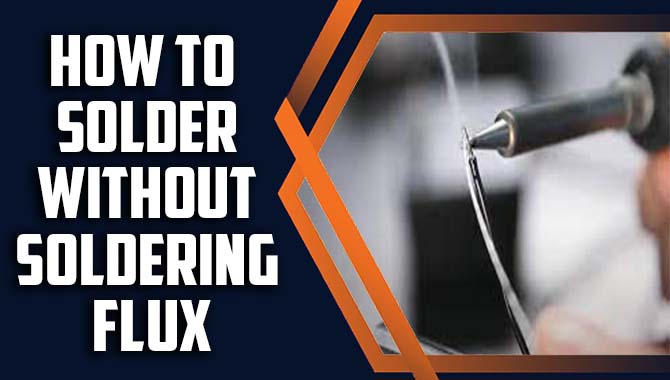
The Role Of Soldering Flux In Soldering
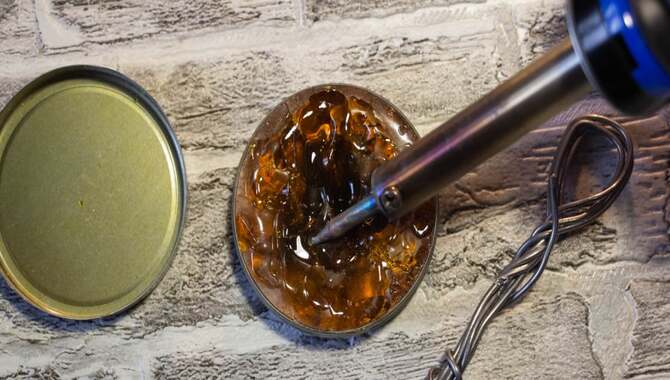
Soldering is a process that involves joining two or more metallic surfaces by melting a metal alloy, which then cools and solidifies to form a permanent bond. The quality of the solder joint is dependent on several factors, including the type of soldering flux used.
People use soldering flux, which is a chemical compound, to facilitate the soldering process by removing oxides and impurities from metallic surfaces. Soldering flux plays a critical role in ensuring that the solder joint is strong and durable while soldering.
Without flux, the solder would not adhere to the metallic surfaces, resulting in weak and unreliable joints that could fail over time. Soldering flux also helps prevent the formation of new oxides during the soldering process, which could interfere with forming a strong bond. Different types of soldering flux are available, and the choice of flux depends on the specific application.
How To Solder Without Soldering Flux: Step-By-Step Guide
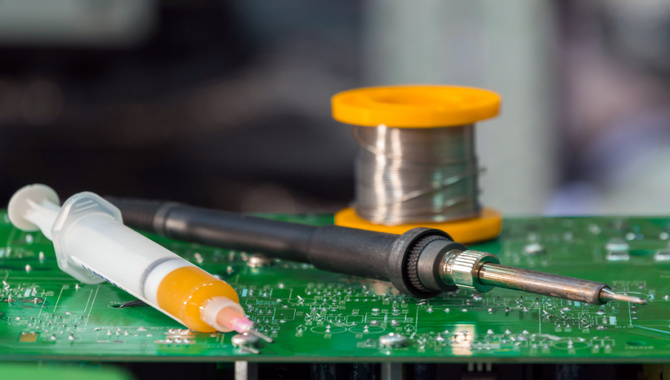
People use soldering as a popular technique to combine two pieces of metal. However, not everyone has access to soldering flux, which is a chemical compound that helps the solder flow smoothly and adhere to the metal. Fortunately, it is possible to solder without soldering flux. Here is a step-by-step guide on how to Solder Without soldering flux.
- Clean the metal surfaces that need to solder. Use sandpaper or a wire brush to remove dirt, rust, or corrosion. Second, place the two pieces of metal together in the desired position. Make sure you snugly fit them before proceeding.
- Heat the joint with a soldering iron until it reaches the melting point of the solder. Hold the solder wire against the joint, and allow it to melt and flow into the joint. If the solder doesn’t flow smoothly, try heating the joint a bit more or repositioning the solder wire.
1.Preparing The Surface For Soldering
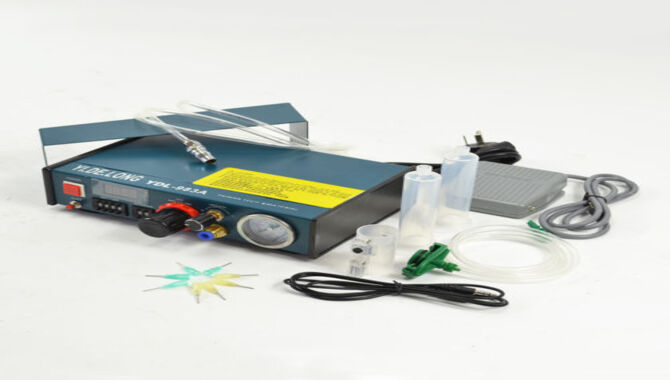
Preparing the surface for soldering is essential to achieving a successful and reliable connection. Before starting the process, you must thoroughly clean the surface and ensure it is free of contaminants such as oil, dirt, or oxidation.
You can achieve this using a solvent or flux cleaner to remove debris or residues. Once the surface is clean, it is important to check for any signs of corrosion or damage affecting the soldering process. Before proceeding with the soldering, repair any detected damage.
The choice of flux is another crucial factor in preparing the surface for soldering. Flux is a material that facilitates the solder flow and protects the surface from oxidation during the process. There are different types of flux available, each with its unique properties. It depends on the type of surface being soldered and the solder used to choose the flux.
2.Soldering Without Soldering Flux
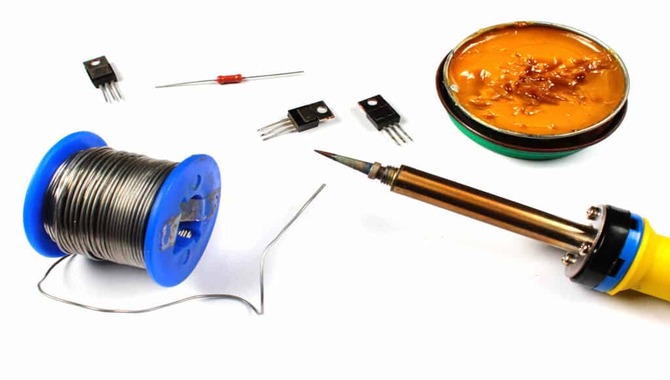
Soldering is a process that involves using a metal alloy to join two or more pieces of metal. It is commonly used in electronics, plumbing, and jewellery making. However, the process of soldering can be challenging, especially if you are working without soldering flux.
One applies soldering flux to the metal surface before soldering to remove any oxide or impurities that might hinder the process of soldering. It also helps in making the solder flow evenly and smoothly.
One way to solder without soldering flux is to use a metal file to clean the surface of the metal before joining them. This will help remove any oxide or impurities that might hinder the soldering process. Another way is to use a soldering iron with a higher temperature to melt the solder quickly. This will help to ensure that the solder flows evenly and smoothly.
3.Choosing The Right Type Of Solder
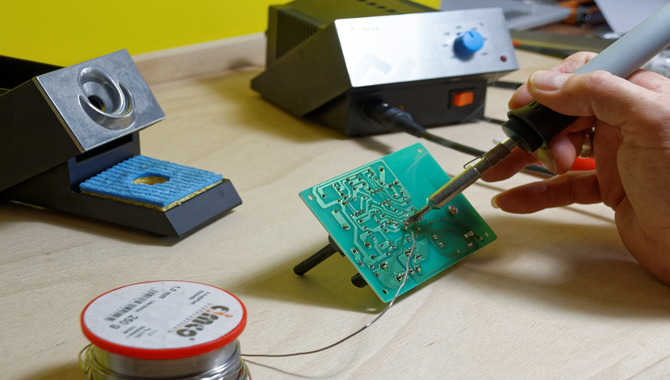
Application: Determine the specific application for which you need solder flux. Different types of flux are designed for specific applications, such as electronics, plumbing, or jewelry making. Consider the materials being soldered and the desired outcome.
Flux Type: Rosin flux is a common type of flux used in electronics soldering. It is derived from pine tree resin and comes in various grades (e.g., RMA, RA, or R). Rosin flux is non-corrosive and generally suitable for most electronics applications.
vWater-soluble flux is designed to be easily cleaned with water after soldering. It is often used in situations where post-soldering cleaning is necessary, such as in circuit board assembly. vNo-clean flux is formulated to leave minimal to no residue after soldering. It is suitable for applications where flux residue is not desired or difficult to remove, such as surface mount soldering.
Flux Core Vs. Separate Flux: Some solder wire comes with a flux core, where the flux is in the center of the solder wire. Flux core solder is convenient as it combines the solder and flux in one package. In some cases, you may need to use separate flux in addition to solder wire. This allows you to choose a flux specifically tailored to your application.
Flux Activity Level: Activated flux is highly active and suitable for soldering surfaces with heavy oxidation or contamination. It provides excellent cleaning and ensures strong solder joints. Mildly activated flux is less aggressive and milder in its cleaning action.
It is commonly used in most general-purpose soldering applications. Non-activated flux is less aggressive and generally used for soldering clean surfaces or when minimal cleaning action is required.
Environmental And Safety Considerations: Consider any specific environmental or safety regulations that may restrict the use of certain flux types. For example, in some applications, lead-free or low-rosin flux may be required to comply with regulations such as the Restriction of Hazardous Substances (RoHS) directive.
Common Mistakes To Avoid While Soldering Without Flux
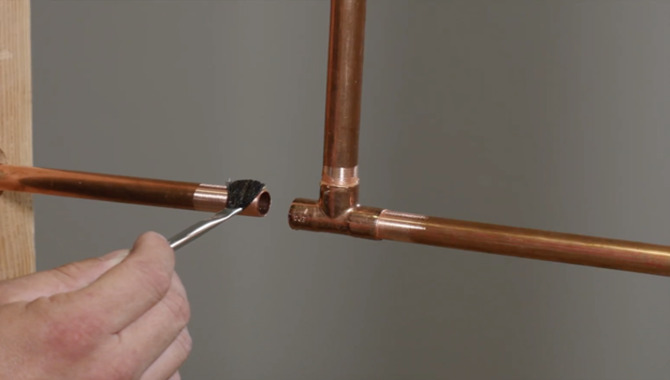
Soldering is a common process in electronic repair and construction, but it can be challenging for beginners. One of the most common mistakes that people make while soldering is forgetting to use flux.
Flux is a crucial component of the soldering process because it helps the solder flow and bond with the metal. The solder can become brittle and break apart without flux, leading to a faulty connection.
Another mistake that beginners make is using too much heat. High heat can damage the component or even melt it entirely. It is essential to use the right temperature for the job and to allow the solder to cool before moving the component.
Rushing the process is also a common error. Soldering requires patience and precision, so it is crucial to do it correctly. Lastly, not cleaning the components before soldering can lead to a poor connection. Dirt, dust, and oil can prevent the solder from bonding correctly, so cleaning the components before soldering is necessary.
When To Use Soldering Flux And When Not To

Soldering flux is a chemical compound that is used to clean and prepare metal surfaces for soldering. It is typically used to help the solder flow evenly and adhere properly to the metal surface. However, there are certain situations when soldering flux should not be used. For example, you should not use soldering flux if you work with non-metallic materials such as plastic or wood.
This is because the flux can damage these materials and cause them to melt or weaken. Also, if you are working with metals that are already clean and corrosion-free, flux may not be necessary. In this case, you can simply apply the solder directly to the metal surface without using flux.
Remembering that not all fluxes are created equal, and some may be better suited for certain types of metals or applications than others is also important. It is always a good idea to consult with an expert or read the manufacturer’s instructions before using any type of soldering flux.
Conclusion
Knowing how to Solder without soldering flux is a crucial task that requires attention to detail and precision. Soldering without flux can be a challenging and time-consuming process, but it is possible with the right tools and techniques. While soldering flux is a critical component of the soldering process, one can use alternatives in a pinch.
Using a combination of mechanical abrasion, heat, and specialized solders makes it possible to create strong, reliable solder joints without using flux. However, remember that you should only resort to soldering without flux as a last option and that using flux will ultimately lead to better soldering results.
FAQs
1.What Is Soldering Flux?
Ans: People use soldering flux, a chemical substance, to clean and prepare metal surfaces for soldering.
2.Why Soldering Flux Is Important?
Ans: It helps remove oxides, improves wetting, and promotes better solder flow and adhesion.
3.What Are The Alternatives To Soldering Flux?
Ans: If you don’t have soldering flux, you can use alternative methods, such as using a rosin-core solder or applying a small amount of liquid or resin to the joint area to facilitate soldering.
4.Are There Any Risks Associated With Soldering Without Flux?
Ans: Soldering without flux can lead to weaker and less reliable solder joints. It may also result in increased chances of cold solder joints, inadequate wetting, and poor electrical connections.
5.Where Can I Purchase Soldering Flux?
Ans: Soldering flux is commonly available at electronic supply stores, hardware stores, and online retailers.




